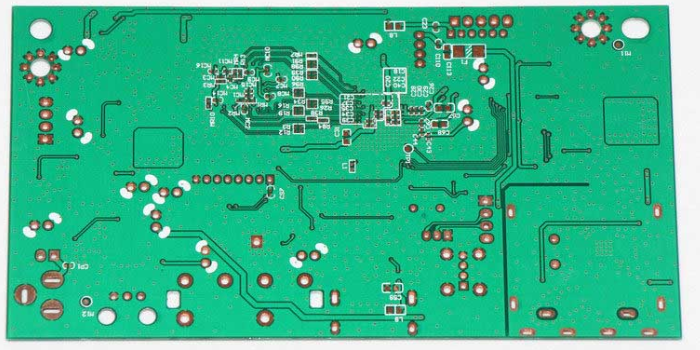The original name of the PCB board 8D of the circuit board factory is 8 Disciplines, which means that 8 people know the fixed steps to solve the PCB board problem. But in actual application, there are 9 steps:
D0: Symptom emergency response measures
Purpose: Mainly to see whether this kind of PCB board problem needs to be solved by 8D, if the problem is too small, or it is not suitable for 8D to solve the problem, such as price, cost, etc., this step is for the emergency when the problem occurs reaction.
Key points: Determine the type, size, category, etc. of the PCB board problem. Unlike D3, D0 is a response to a problem, while D3 is a temporary response to a product or service problem.
D1: The group is established
Purpose: Set up a team, the team members have the knowledge of PCB board technology/products, have the time to allocate and grant permissions, and should have the required technical qualities to solve PCB board problems and implement corrective measures. The group must have a guide and group leader.
Key points: Membership, knowledge of PCB board technology and products; goals; division of labor; procedures; team building
D2: Problem description
Purpose: Use quantitative terms to specify internal/external customer complaints related to PCB board problems, such as what, location, time, degree, frequency, etc.
"What's wrong with the PCB board"

Method: Quality risk assessment, FMEA analysis
Key points: Collect and organize all PCB board related data to illustrate the problem; the problem description is a summary of particularly useful data about the described PCB board problem; review the existing data, identify the PCB board problem, and determine the scope; subdivide the PCB board problem, Divide the complex problem into a single problem; define the problem, find the explanation that is consistent with the problem confirmed by the customer, "what happened to the PCB board", and the reason is unknown risk level.
D3: Implement and verify interim measures
Purpose: To ensure that PCB board problems are isolated from internal and external customers before permanent corrective measures are implemented. (Originally it was the only optional step, but it needs to be adopted until now)
Method: FMEA, DOE, PPM
Key points: Evaluate emergency response measures; find and select the best "temporary restraint measures"; make decisions; implement and keep records; verification (DOE, PPM analysis, control charts, etc.);
D4: Determine and verify the root cause
Purpose: Use statistical tools to list all potential causes that can be used to explain the causes of PCB board problems, isolate a series of events or environments or causes that cause deviations mentioned in the PCB board problem descriptions from each other, and determine the root cause of the problem.
Method: FMEA, PPM, DOE, control chart, 5why method
Key points: Evaluate each cause in the list of possible causes; whether the cause can eliminate the problem; verification: control plan
D5: Select and verify permanent corrective actions
Purpose: Test the plan before PCB production, and review the plan to determine that the selected corrective measures can solve the customer's problem, and at the same time will not have an adverse effect on other processes.
Method: FMEA
Key points: Re-examine team membership; make decisions and choose the best measures; re-evaluate temporary measures and re-select if necessary; verification; management's commitment to implement permanent corrective actions; control plans
D6: Implement permanent corrective actions
Purpose: Develop a plan to implement permanent measures, determine process control methods and include them in documents to ensure that the root cause of the PCB is eliminated. When applying this measure in production, its long-term effects should be monitored.
Method: error prevention, statistical control
Key points: Re-examine the team members; implement permanent corrective measures and abolish temporary measures; use the measurability of the fault to confirm that the fault has been eliminated; modify the control plan and process documents
D7: Prevent recurrence
Purpose: Modify the existing management system, operating system, working practices, design and procedures to prevent this PCB board problem from recurring with all similar PCB board problems.
Key points: select preventive measures; verify effectiveness; decision-making; organization, personnel, equipment, environment, environment, materials, and documents are re-determined
D8: Congratulations from the group
Purpose: Acknowledge the collective efforts of the group, summarize and congratulate the group's work.
Key points: Selectively retain important documents; browse the work of the group to document the experience; understand the group's collective strength in solving PCB board problems and its contribution to solving PCB board problems; necessary material and spiritual rewards.
If the response report does not meet the requirements, it will be rejected.
Other requirements: As a quality department staff reply to emails or reports: Please use data, documents, supporting pictures and other quantifiable standards, and try to use less or no adjectives such as "basic", "probably", and "a lot" to reply.
Please request the timeliness of the abnormality: report response time (3 working days), short-term countermeasures, long-term countermeasures, permanent countermeasures.
If you need more than 3 working days for testing and verification, please inform in advance, explain the difficulties, and notify the completion time and plan by email.